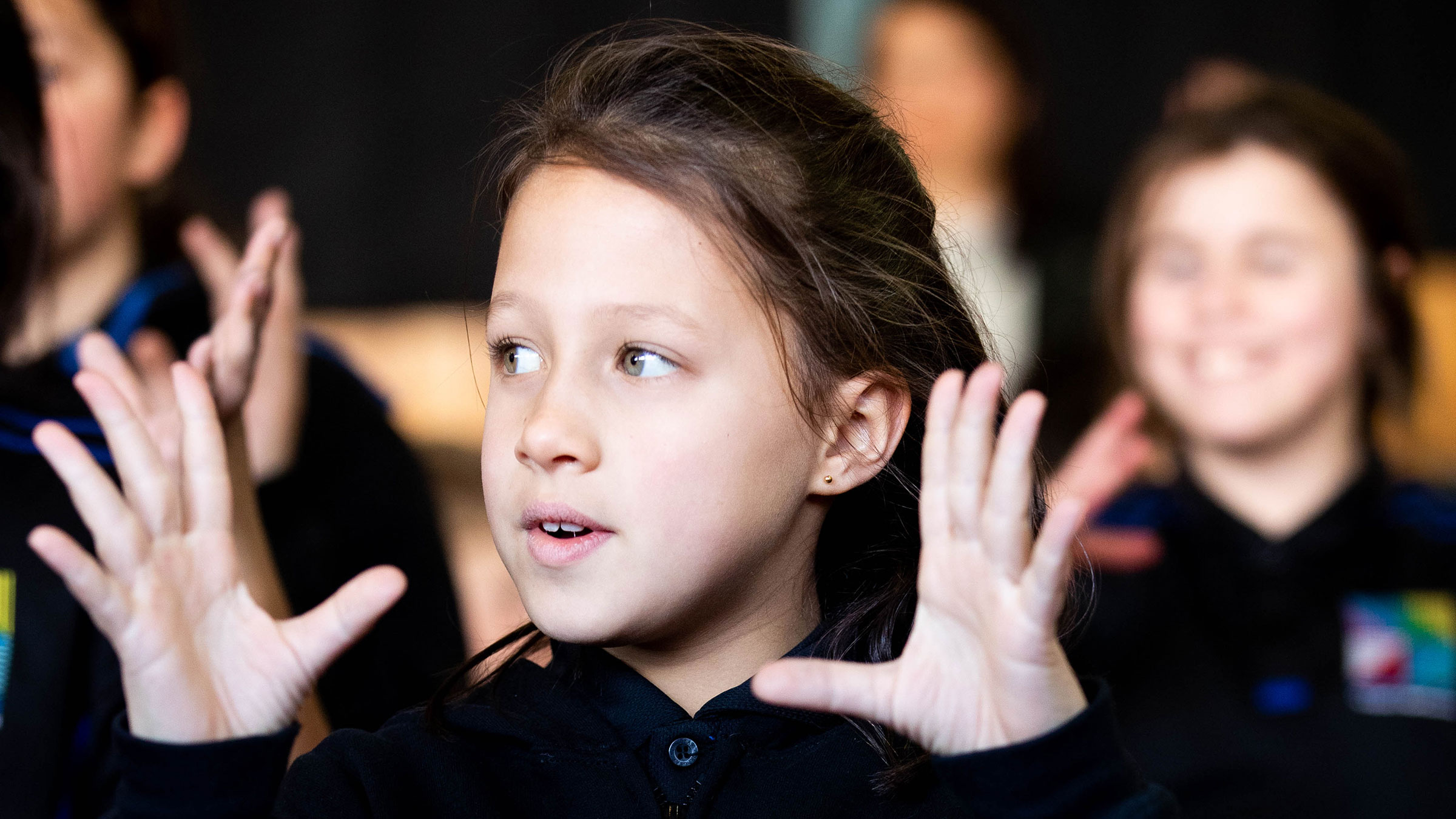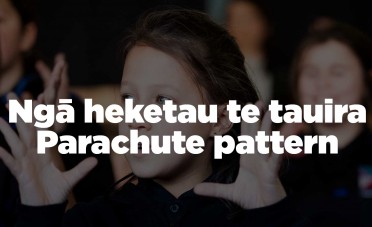Te kapu me te hoiha Cup and saucer
Use whai to create te kapu me te hoiha (cup and saucer).
Exploring te ao kori — Activity collections
This resource is part of a series within the Exploring te ao kori activity collections called Whai | String games.

Intended outcomes
Ākonga:
- participate in a range of whai and identify what made the experience enjoyable
- express their feelings effectively and listen to those of other people while working with others on whai
- explore line, shape, and form using manipulation techniques with string
- express ideas about their own and others' string figures
- identify the resemblance of the string figure to te kapu me to hoiha
- consider why people make string figures.
Suggested approach
Use a two metre length of cord knotted into a single loop (some games need shorter cords and some need longer ones). Muka from harakeke is customary and string-like, however nylon, braid, or wool can be used.
Demonstrate to ākonga how to make the pattern described below and ask them to try it:
- Hold the string out from the body at stomach height, hooked over the thumb and the little finger on both hands, with the hands up, and from each thumb, number the fingers – from one (closest to the thumb) to four (the little finger).
- With finger one on the right hand, go across to the left hand, tuck finger one under the string of the left hand, and drag the string back until it is taut again.
- With finger one from the left hand, go across to the right hand and do likewise.
- Keep the fingers all pointing upwards to prevent the strings dropping off – there will be six crossed strings forming a pattern at this stage.
- Take both thumbs and pass them over strings two to five, and drag string six back towards the body.
- Use the teeth to pass string one (the string closest to the body) over the thumbs without dropping any other strings.
- Release the string from fingers four of both hands and gently pull it through the others to form a cup and a saucer pattern.
Ākonga then describe how they felt when attempting this string pattern and how they felt when their partner encouraged them. Discuss the ways they used lines to make shapes and how what they made reminds them of a cup and saucer. Give reasons for making string figures.
A young woman demonstrating how to make te kapu me te hoiha
A young woman demonstrating how to make te kapu me te hoiha


